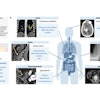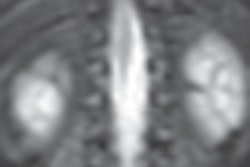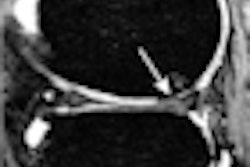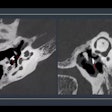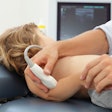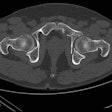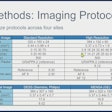Dear Musculoskeletal Imaging Insider,
In this edition of the Insider, we bring you a new study from Switzerland, where researchers found that certain MRI pulse sequences can visualize all the elbow ligaments and the posterolateral plicae of asymptomatic subjects.
The clinical benefit of such research, which appears in the upcoming October issue of Radiology, is that the additional information on the dimensions and signal-intensity characteristics of ligaments and plicae in asymptomatic elbows may help avoid false-positive diagnoses in patients afflicted with elbow instability. To read more about this study, click here.
Also featured in this edition of the Insider is timely research on football players with high ankle injuries. A group of orthopedists in Minneapolis is using 1.5-tesla MRI to determine the extent of those injuries to better predict how long the disability will keep players out of action.
Another interesting report comes from researchers at Children's Hospital Boston and Harvard Medical School: They found that while whole-body MRI is highly accurate in detecting soft-tissue abnormalities, the modality falls short in finding metaphyseal lesions and rib fractures in cases of suspected child abuse. Click here to learn more.
And speaking of MRI, researchers at New York University have developed a way to use the modality to examine sodium ions in cartilage and view the development of osteoarthritis in knee joints. Their report may provide a noninvasive method to diagnose osteoarthritis in its very early stages and help to calculate other, less direct measures of cartilage assessments.
Make it a habit to stay in touch with the Musculoskeletal Imaging Digital Community for the latest news and research from around the world.


